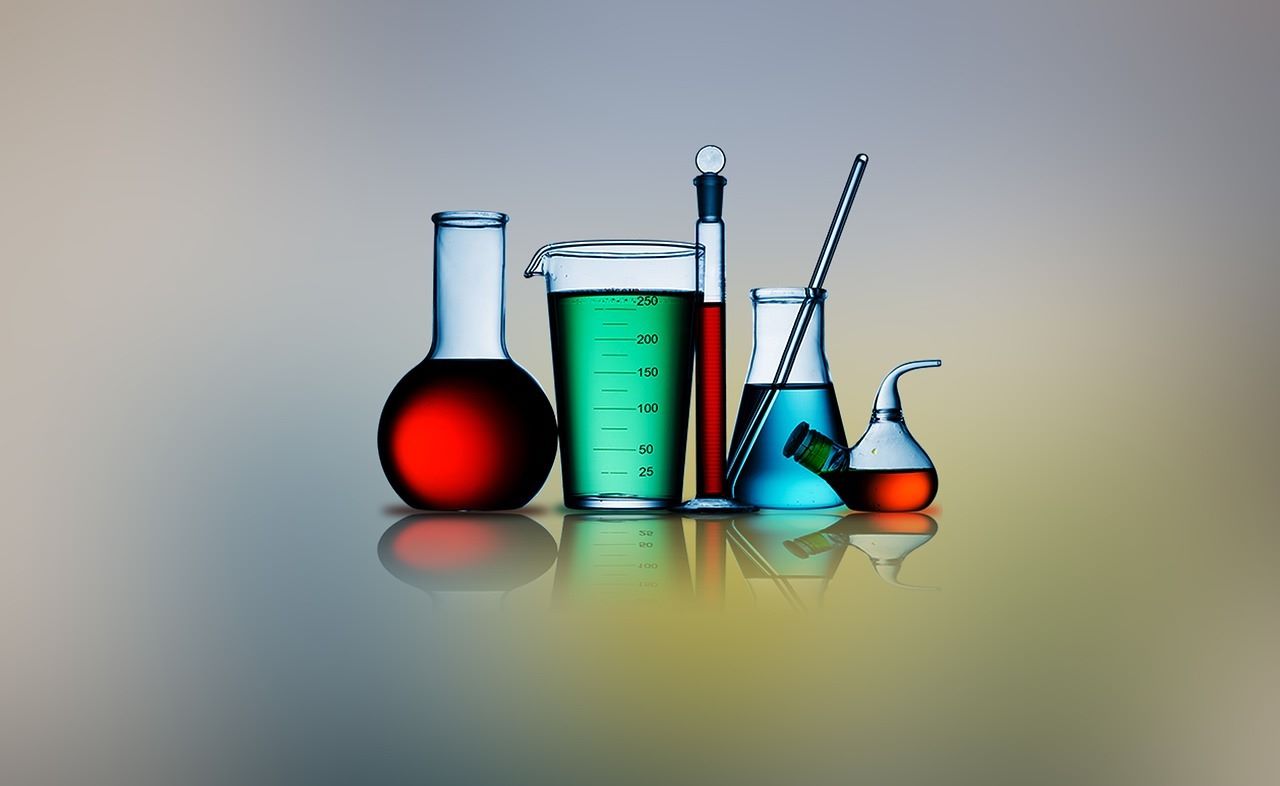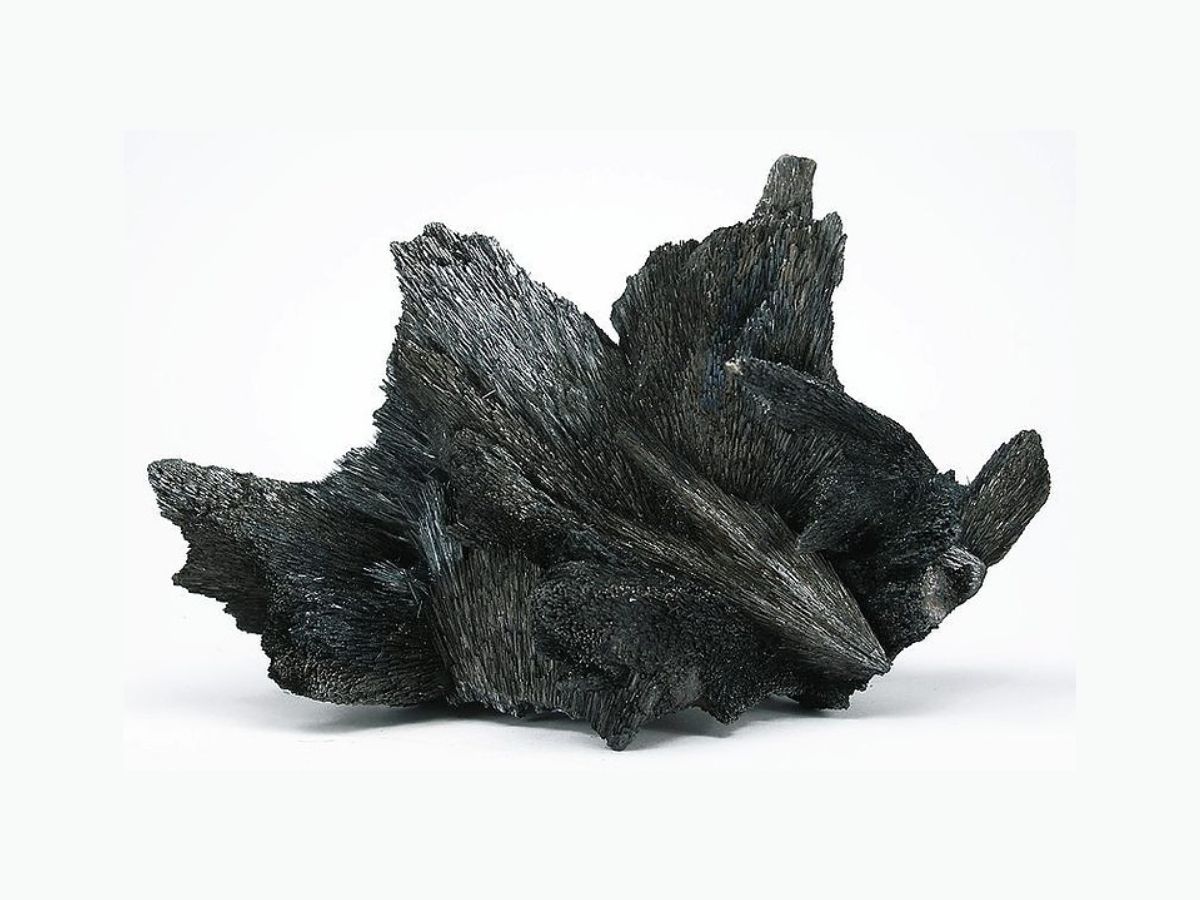
Ever been mesmerized by the swirling colors and bubbling concoctions in chemical reaction gifs? These captivating animations bring science to life, showing complex processes in a fun, visual way. But what exactly makes them so fascinating? From the explosive reactions of alkali metals in water to the mesmerizing patterns of the Belousov-Zhabotinsky reaction, these gifs capture moments that are both educational and entertaining. They help us understand the beauty and complexity of chemistry without needing a lab coat or safety goggles. Ready to dive into the world of chemical reactions? Let’s explore 37 facts that will make you appreciate these tiny bursts of science even more.
Key Takeaways:
- Chemical reaction GIFs are captivating and educational, simplifying complex chemistry concepts into mesmerizing visuals. They make learning chemistry engaging and accessible, perfect for students with short attention spans.
- These GIFs showcase various chemical reactions, from color changes to fiery explosions, providing a safe way to observe dangerous processes. They are valuable educational tools for both teachers and students, making chemistry more tangible and fun.
What Are Chemical Reaction GIFs?
Chemical reaction GIFs are short, looping animations that showcase various chemical reactions in action. These GIFs are not only mesmerizing but also educational, providing a visual representation of complex processes.
-
Chemical reaction GIFs can make learning chemistry more engaging. Watching a reaction unfold in a loop helps in understanding the steps involved.
-
They often feature color changes, explosions, or the formation of new substances, making them visually appealing.
-
These GIFs are widely used in educational settings to demonstrate reactions that might be too dangerous or impractical to perform in a classroom.
Why Are They Popular?
The popularity of chemical reaction GIFs has surged due to their ability to captivate and educate simultaneously. Here are some reasons why they have become a hit.
-
They simplify complex reactions, breaking them down into easily digestible visuals.
-
Social media platforms have played a significant role in spreading these GIFs, making science more accessible to a broader audience.
-
They cater to short attention spans, providing quick bursts of information that are easy to remember.
Educational Benefits
Chemical reaction GIFs offer numerous educational benefits, making them a valuable tool for both teachers and students.
-
They help in visualizing abstract concepts, turning theoretical knowledge into something tangible.
-
Students can revisit these GIFs multiple times, reinforcing their understanding of the reaction.
-
They encourage curiosity and further exploration into the subject matter.
Types of Reactions Featured
Different types of chemical reactions can be showcased in GIFs, each with its unique visual appeal.
-
Combustion reactions often feature flames and explosions, making them particularly exciting to watch.
-
Precipitation reactions show the formation of a solid from two liquids, usually accompanied by a color change.
-
Displacement reactions can be fascinating as one element replaces another in a compound, often resulting in vivid color changes.
Safety and Practicality
One of the significant advantages of chemical reaction GIFs is the ability to observe dangerous or impractical reactions safely.
-
Some reactions involve hazardous chemicals that are unsafe for classroom demonstrations.
-
Others require specific conditions, like extreme temperatures or pressures, that are difficult to achieve in a typical lab setting.
-
GIFs allow students to observe these reactions without any risk, providing a safe learning environment.
How They Are Made
Creating chemical reaction GIFs involves several steps, from conducting the reaction to capturing and editing the footage.
-
High-speed cameras are often used to capture the reaction in detail, ensuring that no part of the process is missed.
-
Editing software helps in looping the footage seamlessly, creating a smooth, continuous animation.
-
Some creators add annotations or labels to the GIFs, making them even more educational.
Famous Examples
Certain chemical reaction GIFs have gained widespread recognition due to their stunning visuals and educational value.
-
The elephant toothpaste experiment, which involves the rapid decomposition of hydrogen peroxide, is a popular example.
-
The Belousov-Zhabotinsky reaction showcases mesmerizing patterns and color changes, making it a favorite among chemistry enthusiasts.
-
The reaction between sodium and water is another classic, often resulting in a fiery explosion.
The Role of Technology
Advancements in technology have made it easier to create and share chemical reaction GIFs.
-
High-definition cameras and advanced editing software have improved the quality of these GIFs.
-
Social media platforms provide a convenient way to share these educational tools with a global audience.
-
Online databases and repositories have been created, making it easier for educators to find and use these GIFs in their teaching.
Fun Facts
Here are some fun and lesser-known facts about chemical reaction GIFs that you might find interesting.
-
Some GIFs are created using computer simulations rather than actual reactions, providing a safe way to visualize extremely dangerous processes.
-
They can be used in various fields, including education, research, and even entertainment.
-
Certain GIFs have gone viral, amassing millions of views and shares across social media platforms.
The Future of Chemical Reaction GIFs
The future looks bright for chemical reaction GIFs, with new advancements and applications on the horizon.
-
Virtual reality and augmented reality could take these GIFs to the next level, providing an even more immersive learning experience.
-
Interactive GIFs that allow users to manipulate variables and see different outcomes could become a valuable educational tool.
-
Collaboration between educators, scientists, and digital artists could lead to the creation of even more engaging and informative GIFs.
How to Use Them in Education
Incorporating chemical reaction GIFs into educational settings can enhance learning and make chemistry more accessible.
-
Teachers can use these GIFs to introduce new topics, providing a visual hook that captures students' attention.
-
They can be included in presentations, making lectures more dynamic and engaging.
-
Students can use them for self-study, revisiting the GIFs to reinforce their understanding of complex reactions.
Where to Find Them
Finding high-quality chemical reaction GIFs is easier than ever, thanks to various online resources.
-
Educational websites and platforms often have curated collections of these GIFs, categorized by reaction type or difficulty level.
-
Social media platforms like Twitter, Instagram, and TikTok are also great places to find and share these GIFs.
-
Online forums and communities dedicated to chemistry and science education often have threads or sections where users share their favorite GIFs.
-
YouTube channels and educational video platforms frequently feature compilations of chemical reaction GIFs, providing a convenient way to access multiple reactions in one place.
The Magic of Chemical Reactions
Chemical reactions are more than just formulas and equations. They’re the sparks that light up our understanding of the world. From the fizz of baking soda and vinegar to the glow of a firefly, these reactions show us the beauty of science in action. Gifs capture these moments perfectly, making complex processes easy to grasp. They’re not just for fun; they’re educational tools that bring chemistry to life. Whether you’re a student, teacher, or just curious, these gifs can ignite a passion for learning. So next time you see a chemical reaction gif, take a moment to appreciate the science behind the magic. It’s a small window into the wonders of chemistry, reminding us that even the smallest reactions can have a big impact. Keep exploring, keep learning, and let the magic of chemical reactions inspire you.
Frequently Asked Questions
Was this page helpful?
Our commitment to delivering trustworthy and engaging content is at the heart of what we do. Each fact on our site is contributed by real users like you, bringing a wealth of diverse insights and information. To ensure the highest standards of accuracy and reliability, our dedicated editors meticulously review each submission. This process guarantees that the facts we share are not only fascinating but also credible. Trust in our commitment to quality and authenticity as you explore and learn with us.


